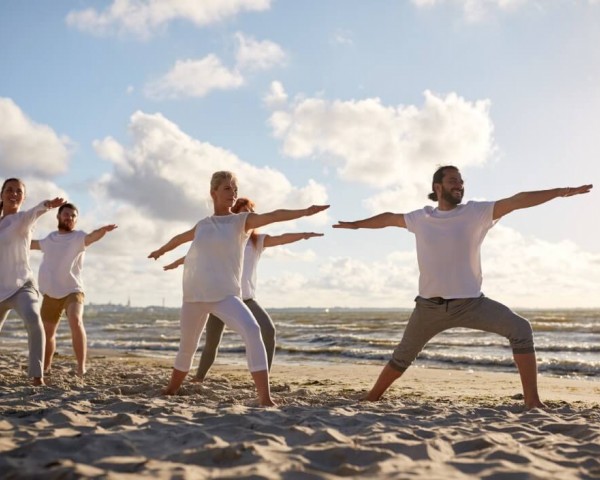The value of health and self-care has become incredibly pronounced over the past few years. This has become so important that people are willing to go all over the world to boost their well-being or have significantly adjusted their lifestyle habits in a way that’s impacted the tourism industry.
Health and wellness tourism has become a huge focus for travel, and the trend is set to continue in the coming years. In 2022, the wellness tourism market was valued at $822.3 billion and will reach an expected value of $1922.2 billion by 2032, boasting a growth rate of 9.1%. Within the health and wellness landscape, more tourism trends will shift how people travel.
Here are some emerging health and wellness tourism trends to keep an eye on:
Expanding health tourism
Health tourism has grown significantly over the past few years as more people travel internationally for dental, ophthalmological, or cosmetic procedures. People from developing countries may travel to more developed locations to undergo medical treatments unavailable at home, but an emerging part of health tourism is people flying to different places for lower-cost treatments or shorter waiting times.
Locations like Thailand, Turkey, and Singapore have long been renowned wellness destinations, but more and more countries have become health tourism hotspots. Mexico has seen immense growth in health tourism, generating up to $3.9 billion in revenue and becoming a key player in the nation’s economy. Many visit the country for health procedures due to the widely available and experienced specialists, modern medical infrastructure, and competitive prices. Those looking for quality medical help without breaking the bank may find Mexico an attractive location. Going abroad for health tourism also allows people to explore a new culture, creating a more enriching experience.
Medical weight loss
Medical weight loss has seen a major boom in growth thanks to the rise of weight loss drugs, which are rapidly changing people’s weight and the travel industry in turn. GLP-1 medications like Wegovy and Zepbound have been approved for weight loss, aiding patients with obesity and overweight individuals with weight-related health conditions to shed pounds effectively.
These medications keep people feeling full for longer, so a GLP-1 program for weight loss helps them achieve important daily health targets. These goals include consuming a nutritious diet with limited intake and exercising regularly to maintain muscle mass. As such, travel destinations like all-inclusive resorts or local restaurants may see fewer people piling plates at the buffet or ordering larger servings. Reduced food cravings and minimal alcohol consumption may prompt fewer visits to bars or fewer snack purchases.
However, adventure-focused travel may see a larger uptick as people aim to hit physical activity goals for optimal weight loss on GLP-1 medications. Hiking, walking tours, and snorkeling can keep people active, and even hotel gyms and sightseeing by foot can help burn calories. As GLP-1 drugs and medical weight loss grow, the travel industry may see an increase in active clientele who are less focused on the foodie aspect of tourism.
Blue zone retreats
The world’s blue zones, such as Okinawa Prefecture in Japan, Sardinia in Italy, in Ikaria in Greece, have garnered much attention for being home to people who live extraordinarily long lives thanks to their healthy lifestyles. It’s believed that low stress, regular physical activity, a diet of local and whole foods, and socializing in a tight-knit community have helped these people achieve longevity and healthy aging, and many are seeking to emulate these habits through travel. Blue zone retreats have emerged to equip participants with the habits and wisdom of cultures whose people live the longest.

While these retreats can be found in the actual blue zones, other locations worldwide have also begun offering these evidence-based programs. Places like Thailand’s Kamalaya Koh Samui offer a blue zone retreat program in partnership with the Blue Zones organization despite the region not being an official blue zone. This program allows participants to immerse themselves in healthy cuisine inspired by the Mediterranean, Okinawa, and the Nicoya Peninsula in Costa Rica. Physical activities rooted in blue zone cultures, like yoga, qi gong, and meditation, showcase how people achieve health and vitality. Emotional well-being is also a significant focus, with workshops that educate travelers on how to find balance and purpose in their lives.












